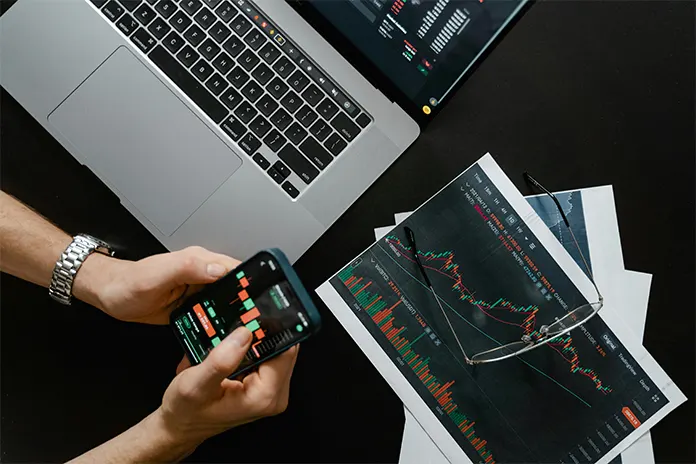If you’ve ever been curious about trading in the financial markets but felt intimidated by the idea of buying actual stocks or commodities, you’re not alone. Many people want to take advantage of market movements but worry about the cost, complexity, or risk of owning physical assets. That’s where CFD trading comes into play. It offers a flexible way to participate in global markets without the need to buy or sell real assets. Still, if you’re hearing about CFDs for the first time, you might wonder how they actually work and whether they’re right for you.
To get comfortable with this concept, it helps to understand that CFD trading isn’t about ownership; it’s about speculation. Once you grasp that idea, the rest starts to make sense. Let’s take a closer look at what CFD trading is and how it works in practice.
Understanding What Is CFD Trading
CFD stands for “Contract for Difference.” It’s a type of financial agreement between you and a broker, where you exchange the difference in the price of an asset from the time you open the trade to when you close it. The key here is that you don’t actually own the asset itself; you’re simply predicting whether its price will rise or fall. This is the basic idea behind what is CFD trading, and it’s what makes this method unique compared to traditional investing.
For example, let’s say you think the price of gold will go up. Instead of buying physical gold, you open a CFD trade predicting that increase. If the price does rise, you earn a profit based on how much it went up. If the price drops, you incur a loss. The same applies if you believe the price of an asset will fall; you can still trade by taking a “sell” position.
One of the most notable aspects of CFD trading is leverage. This allows you to control a larger position with a smaller amount of money, increasing both your potential profits and your potential losses.
How CFD Trading Works in Real Life
When you trade CFDs, you’re essentially mirroring the price movement of the underlying market, whether it’s stocks, commodities, currencies, or indices. Your broker provides you with access to a trading platform where you can analyze prices and place trades in real time. The platform updates as markets move, allowing you to react quickly.
Let’s imagine you open a CFD trade on a stock you believe will increase in value. If the market moves in your favor, you can close the position at a higher price and take the profit. If it moves against you, you can close it to limit your loss. The difference between your opening and closing prices determines your result.
Another key element of CFD trading is that it doesn’t require owning the asset itself. This makes it easier to access a variety of markets without the added costs or logistics that come with traditional ownership.
The Role of Risk Management in CFD Trading
To trade CFDs successfully, you need a plan for managing your exposure. Setting stop-loss and take-profit orders can help you protect your account and lock in gains. Many traders also start with smaller positions until they understand how the market behaves. Learning how to read price charts, follow economic trends, and control emotions can make a big difference over time.
By approaching CFD trading with knowledge and patience, you can turn it into a structured and disciplined experience rather than a guessing game. Understanding how it works and respecting its risks will help you navigate the markets with confidence and control.



